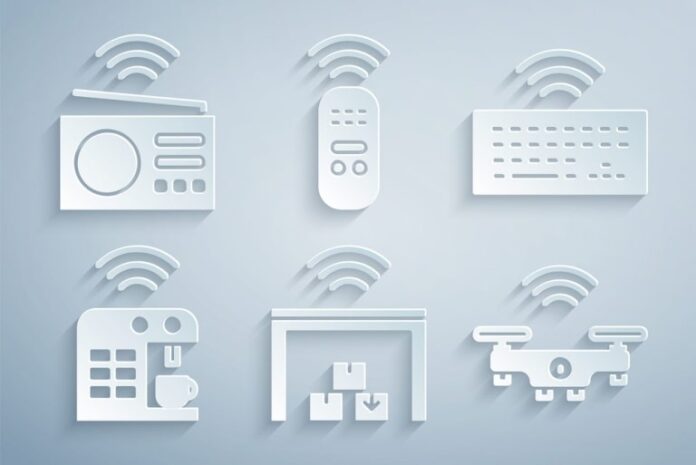Welcome to the future where machines are more intelligent than ever, and we’re lucky to harness their power. Thanks to the Internet of Things (IoT), we can now control and monitor these intelligent machines with just a few taps on our devices.
In this digital era, we’re witnessing a revolutionary shift in how we interact with machines. IoT devices are reshaping how we live and work, from automated home appliances to industrial machinery.
Join us as we delve into the fascinating world of intelligent machine control and monitoring with IoT devices. We’ll explore how this technology changes our lives and sets the stage for a more connected, efficient, and exciting future.
Understanding IoT Devices for Smart Machine Control and Monitoring
We continue to unfold the significance of IoT devices in controlling and monitoring intelligent machines. Thriving upon innovative technology, these devices create an integrated and interactive environment.
What are IoT Devices?
Internet of Things (IoT) Devices represent a group of non-standard computing equipment connected to the Internet.
Items range from simple coffee machines to complicated industrial tools and elaborate machine control solutions. They possess unique identifiers (UIDs) that distinguish them within the Internet universe.
IoT devices are vital tools employed in our daily lives. For example, we see their application in smart homes with valuable inputs from smart TVs, thermostats, and refrigerators.
Similarly, the health sector uses wearable fitness trackers and medical monitors. Businesses, too, deploy these smart devices for various uses—enhancing manufacturing processes, monitoring fleet operations, or automating building systems.
How IoT Devices Work for Machine Control and Monitoring
IoT devices work in a simple yet exciting manner. Embedded with various sensors and actuators, they can collect data from their environment and the sensor and transmit it to a specific IoT platform.
Within this platform, data is analyzed, and particular actions are initiated. The devices then receive and execute this command via the actuators, achieving control and monitoring functions.
For instance, industrial appliances connected via IoT should be considered. They collect real-time data on the machinery’s functions, such as temperature, pressure, and speed. This data feeds into the IoT platform, where abnormal changes are analyzed.
Conditional alterations initiate specific reactions, such as speed reduction, coolant increase coolant, etc. This control and monitoring guarantee early detection of issues, efficient maintenance, and smooth operation.
Such IoT device use supports industries by enhancing machine control solutions, thus leading to more efficient and productive processes.
Benefits of Integrating IoT Devices for Smart Machine Control and Monitoring
This section will discuss several significant benefits of integrating IoT devices into intelligent machine control and monitoring in various sectors.
Improved Efficiency
Benefit one: IoT devices maximize operational efficiency. Collecting and analyzing real-time data through sensors makes decisions to streamline operations data-driven.
For example, IoT devices detect bottlenecks or inefficiencies in a manufacturing line, offering improved solutions for smoother operations. Automating specific procedures and tasks minimizes human error, making processes efficient.
Enhanced Productivity
Next on the list is increased productivity. IoT devices speed up processes, allowing businesses in various sectors to achieve higher output in less time.
In a factory setting, for instance, machine control solutions powered by IoT devices optimize production schedules based on real-time data, avoiding unnecessary downtime and thus boosting productivity.
Predictive Maintenance
Benefit three comes in the form of predictive maintenance. IoT devices monitor machinery, identifying possible faults or wear-and-tear in advance.
This proactive approach ensures timely maintenance, avoiding potential system failures and costly repair work. Planning downtime for machine maintenance is more accessible, ensuring minimal disruption to operations.
Remote Monitoring
Finally, remote monitoring. IoT devices allow businesses to monitor and control operations from anywhere.
For instance, remote patient monitoring with IoT devices enables healthcare providers to track patient health indicators without constant in-person checks. This characteristic provides flexibility and convenience, essential in today’s digital world.
Conclusion
In conclusion, integrating IoT devices for intelligent machine control and monitoring revolutionizes various sectors by enhancing efficiency, productivity, and predictive maintenance capabilities.
With remote monitoring, businesses and individuals can control and monitor their machines from anywhere, providing flexibility and convenience.
We can expect even more significant improvements in machine control solutions as IoT devices advance, leading to a more connected, efficient, and exciting future. Embracing this technology will streamline processes and create a more sustainable and productive world.
